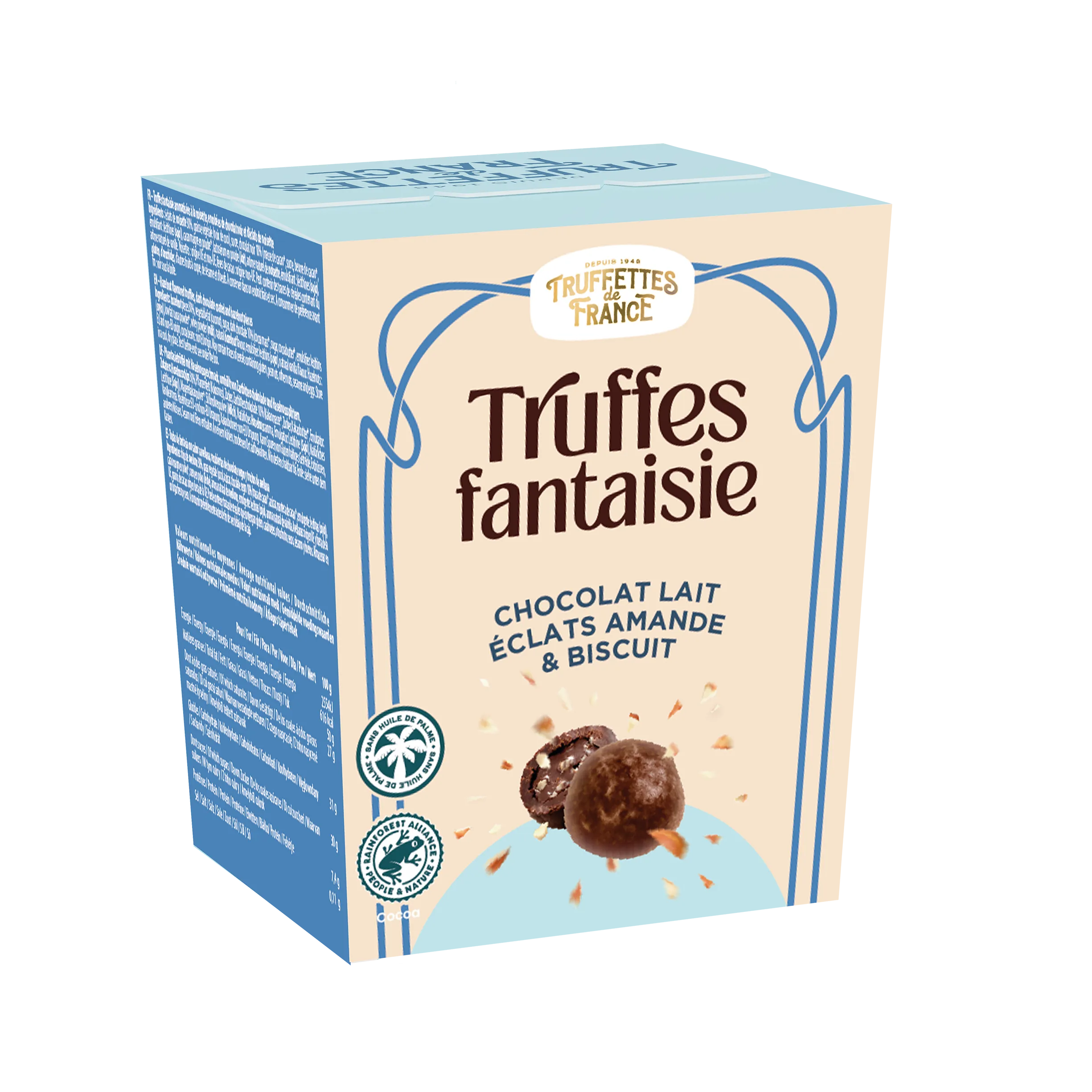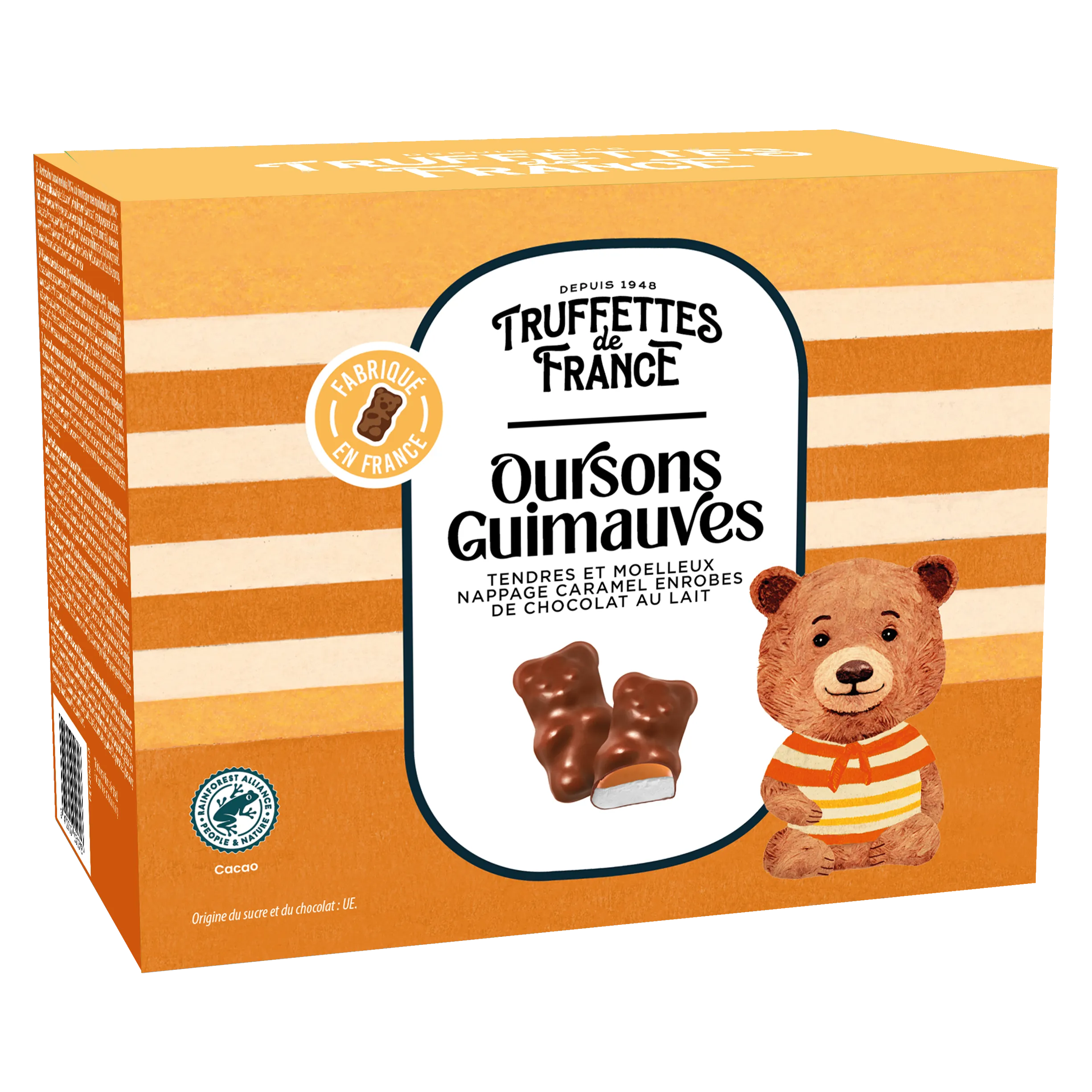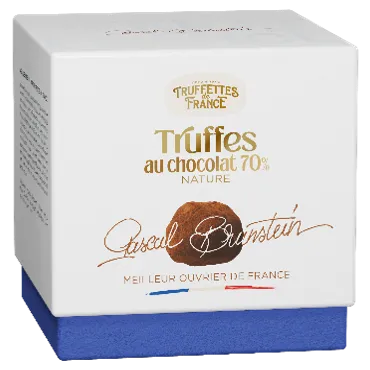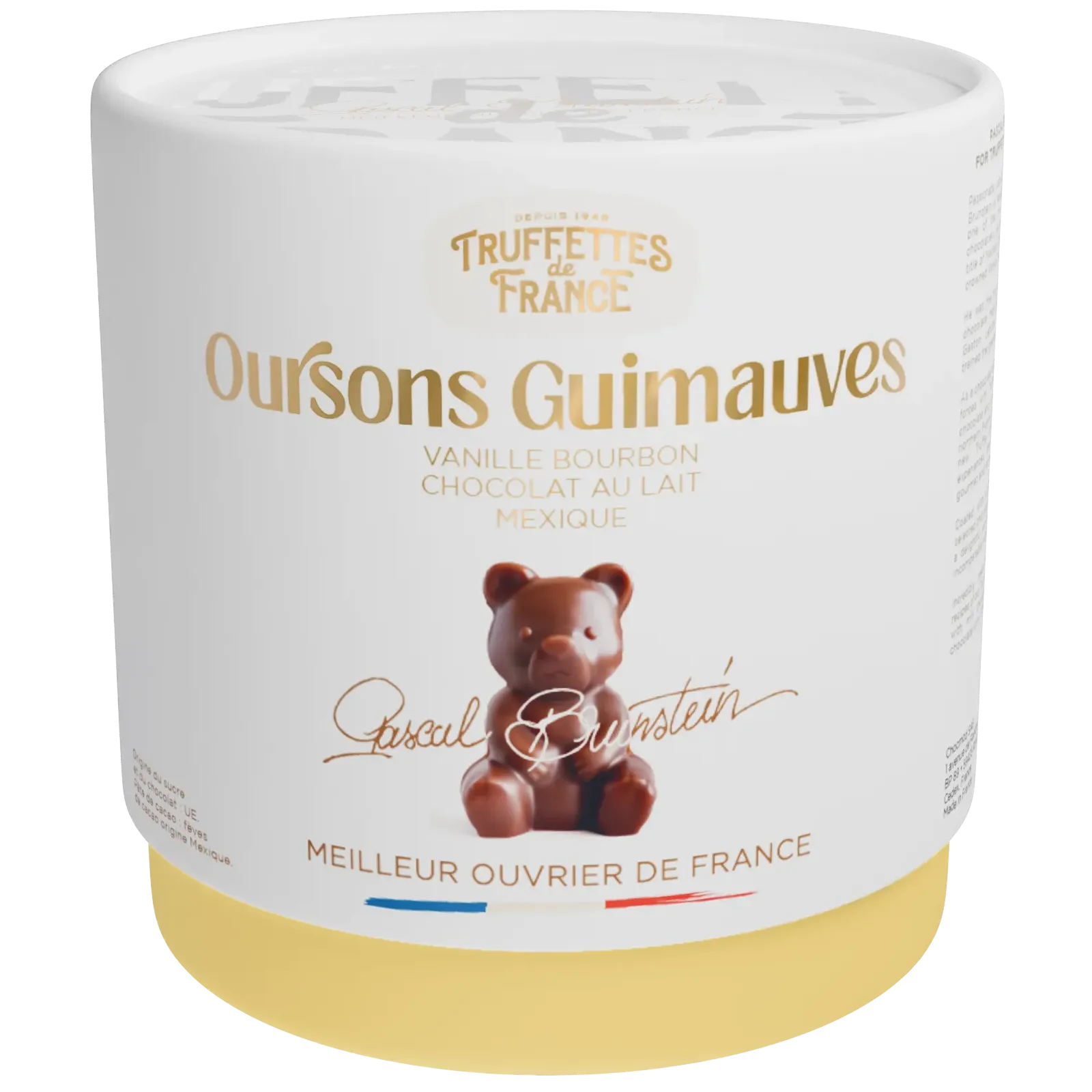Definition : Cocoa paste
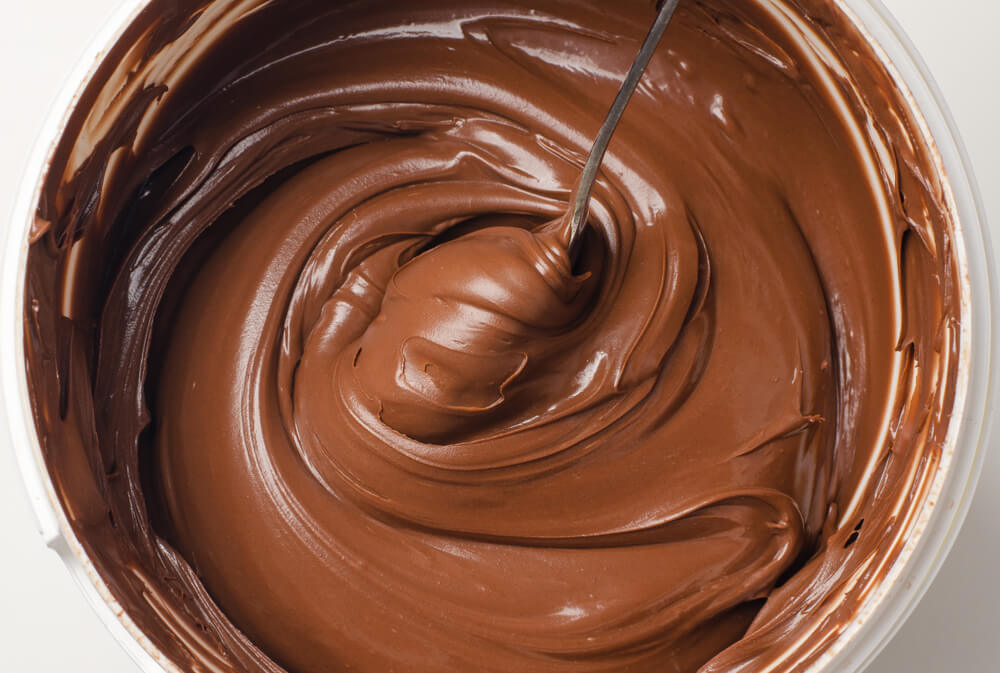
In the world of chocolate, cocoa mass is one of the key ingredients in the manufacture of chocolate products. But what are the characteristics of this substance, and why is it so important to the flavor and texture of chocolate? Let's take a closer look at this raw material that makes our mouths water.
Definition of cocoa paste
First of all, it's essential to understand what cocoa paste is. Also known as cocoa mass or cocoa liquor, it is obtained from cocoa beans, the fruit of the cacao tree. The beans are fermented and dried, then roasted and ground into fine particles.
It is during this stage that cocoa paste is formed, fusing the cocoa particles with the cocoa butter naturally present in the beans. Cocoa paste thus has a cocoa butter content of between 45% and 60%.
Flavors and textures
Cocoa mass is the basis of all chocolate, whether white, dark or milk. Its main characteristic is that it is highly concentrated in cocoa flavor. Flavors can vary according to the origin of the beans, their processing and the manufacturing methods used.
Some cocoa pastes are said to be "non-defatted", which means they retain all the natural fat content of cocoa butter. Others are partially defatted to remove some of the cocoa butter, leaving a drier, less creamy and often more bitter paste.
Dark chocolate
Dark chocolate is the product that comes closest to the taste of the original cocoa paste. It contains a high percentage of cocoa paste (between 60% and 85%), mixed with sugar and sometimes a little additional cocoa butter to adjust the texture. The result is a chocolate with intense, complex flavors and a slightly bitter taste.
Milk chocolate
To make milk chocolate, powdered or condensed milk and sugar are added to the cocoa mass. The cocoa mass content is generally between 30% and 45%, giving milk chocolate its light-brown color and sweet, gourmet flavors.
White chocolate
Contrary to popular belief, white chocolate is not cocoa-free! It's made by mixing cocoa butter, extracted from cocoa mass, with sugar and powdered milk. As a result, the flavors of white chocolate are more subtle and delicate than those of dark or milk chocolate.
Culinary uses
Cocoa mass is a must-have for chocolatiers and chocolate lovers the world over. It is used to make chocolate bars, of course, but also in other forms:
- Unsweetened cocoa powder: Cocoa paste can be dried then sieved to obtain a very fine powder, perfect for recipes for cakes, cookies or icings.
- Cocoa nibs: Coarsely ground, roasted cocoa bean nibs can be used as intensely flavored ingredients, to be added to cookies, granolas, müeslis or smoothies.
- Hot chocolate: For a particularly tasty homemade hot chocolate, simply heat the cocoa paste with a little water or milk (animal or vegetable), then add sugar to taste.
A precious and sought-after raw material
In the chocolate industry, artisans are always on the lookout for the best raw materials to offer quality products. Cocoa paste is a perfect way to bring out the unique flavors and textures of chocolate in all its forms. What's more, this raw material offers a wide variety of aromas depending on the origin of the beans, their processing and the method of manufacture, enabling chocolate manufacturers to create varied and original products.
Cocoa mass is not just delicious, it also has interesting nutritional qualities. Rich in fiber, minerals and antioxidants such as flavonoids, it provides health benefits when consumed in moderation and as part of a balanced diet. So you can enjoy it (almost) guilt-free!


